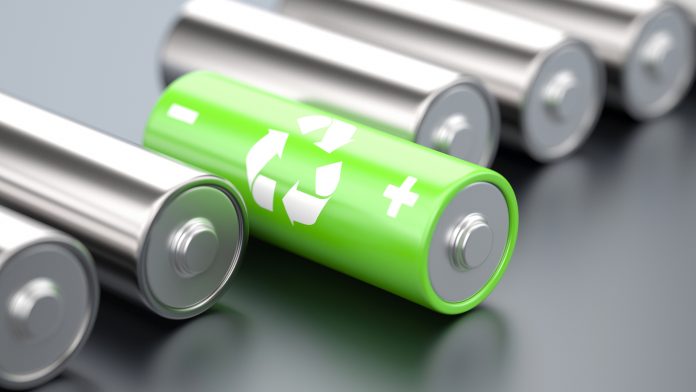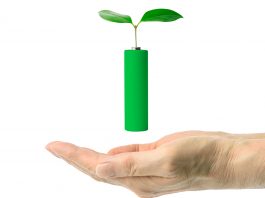Researchers at KTH Royal Institute of Technology have used ultrasound to extract valuable metals from electric vehicle batteries, in a key step forward in battery recycling.
The novel technique adds low-frequency ultrasonic waves to the procedure of obtaining metal ions from discarded and destroyed batteries, thus enabling a new method of battery recycling.
On top of this, the ultrasound technique presents a more sustainable alternative to the current use of harmful leaching agents, such as sulfuric acid. This has resulted in a staggering 50% decrease in extraction time and an improved recovery of metal ions including lithium, cobalt, manganese, and nickel, explained Xiong Xiao, a researcher in polymeric materials at KTH.
Resource-efficient battery metals recycling
“A cornerstone of a future sustainable battery market will be resource-efficient metals recycling, allowing for a continuous supply of raw materials,” Xiao said. “The benefits will extend beyond electrification of automobiles to countless systems that rely on sustainable energy storage—from mobile phones to electrical grids.”
Ultrasonic baths send waves of mechanical pressure with exceptionally high frequencies. In this case, the scientists utilised a frequency of 40kHz, which is a tone far beyond the hearing range of humans. These waves produce microbubbles that collapse, leading to the generation of local temperatures of nearly 5,000 degrees Celsius, creating highly reactive free radicals. The resultant agitation improves the transfer of mass in battery metals to the degree that harsh chemicals are not an essential component for metal extraction.
In the place of these harsh chemicals, softer, more sustainable, and safe acids such as citric and acetic acid can be used, Xiao adds.
Recovery of valuable materials
As described in the journal Green Chemistry, the technique realised an average of 97% metal ion recovery, which was a significantly greater amount of recovered metal ions than for the same conditions when only mechanical stirring was used.
The highest recoveries were attained for cobalt and nickel, achieving more than 99%, while lithium and manganese were recovered with 94 to 96% effectiveness.
“With ultrasound Xiong Xiao has discovered a way to eliminate the need for chemicals normally used, such as strong acids that are nearly unmanageable,” added Richard Olsson, co-author and lecturer at the Division of Polymeric materials at KTH.
Olsson explained that going forward, the researchers plan to optimise the ultrasound to an even greater extent through the application of various techniques, such as utilising varying levels of intensity and frequency in order to achieve even faster extraction of the valuable battery metals.









